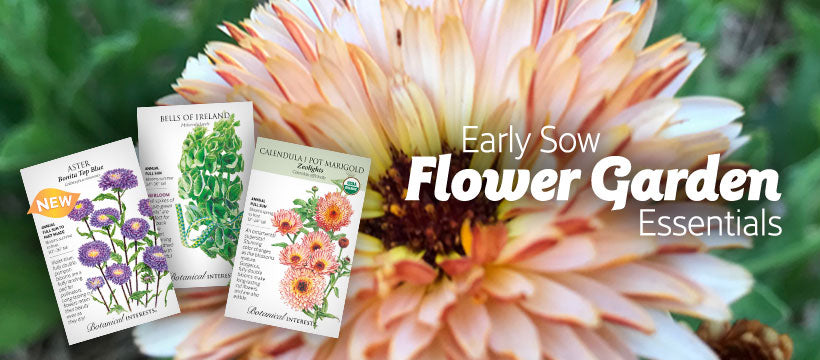One-third of the food produced in the US depends on bees for pollination, and your garden is no exception. Cucumbers, squash, melons, and watermelons (all in the cucurbit family) are dependant on bees for pollination. And, as we've all heard, bees are becoming scarcer. There are, however, a few ways to deal with this scarcity. You can purchase cucurbits that were developed to produce seedless fruits in the absence of pollen (parthenocarpic varieties), for example 'English Telegraph Improved' cucumber. You can also try to attract bees to your garden by sowing pollinator-friendly flowers like borage or alyssum right in your vegetable garden. Or, if those options don't work, you can take action yourself and hand-pollinate.
What to Look For
If your garden has insufficient pollination, you'll notice that the flowers wither and fall without producing a fruit, or fruit may start to form, but turn yellow, be misshapen, or shrivel. Poor or partial pollination can occur when European honey bees visited flowers in a scattered pattern; native bees tend to be more focused, pollinating more methodically. It can take 4 bee visits per flower to obtain good pollination.
How to Hand-Pollinate
Cucurbits have both pollen-producing and fruit-producing flowers on the same plant, and each looks different. Fruit-producing flowers have a miniature fruit at the base of the flower, and a shorter stem compared to the pollen-producing flower. Pollen flowers have a longer stem and typically appear first in the season, theoretically to attract pollinators.
Once you identify the types of flowers, you can hand-pollinate. Pull the petals back or off of the pollen-producing flower, exposing the pollen on the stamens. Using a paintbrush or a cotton swab, gently, but thoroughly, wipe the pollen and then place it onto the central fruit-producing flower part, known as a pistil. You can also just cut off the pollen flower and use it as a paintbrush to pollinate several fruiting flowers.
Continue to pollinate throughout the growing season, as flowers will keep appearing. And after hand-pollinating, there isn't much more to do than sit back and watch your fruit grow!


